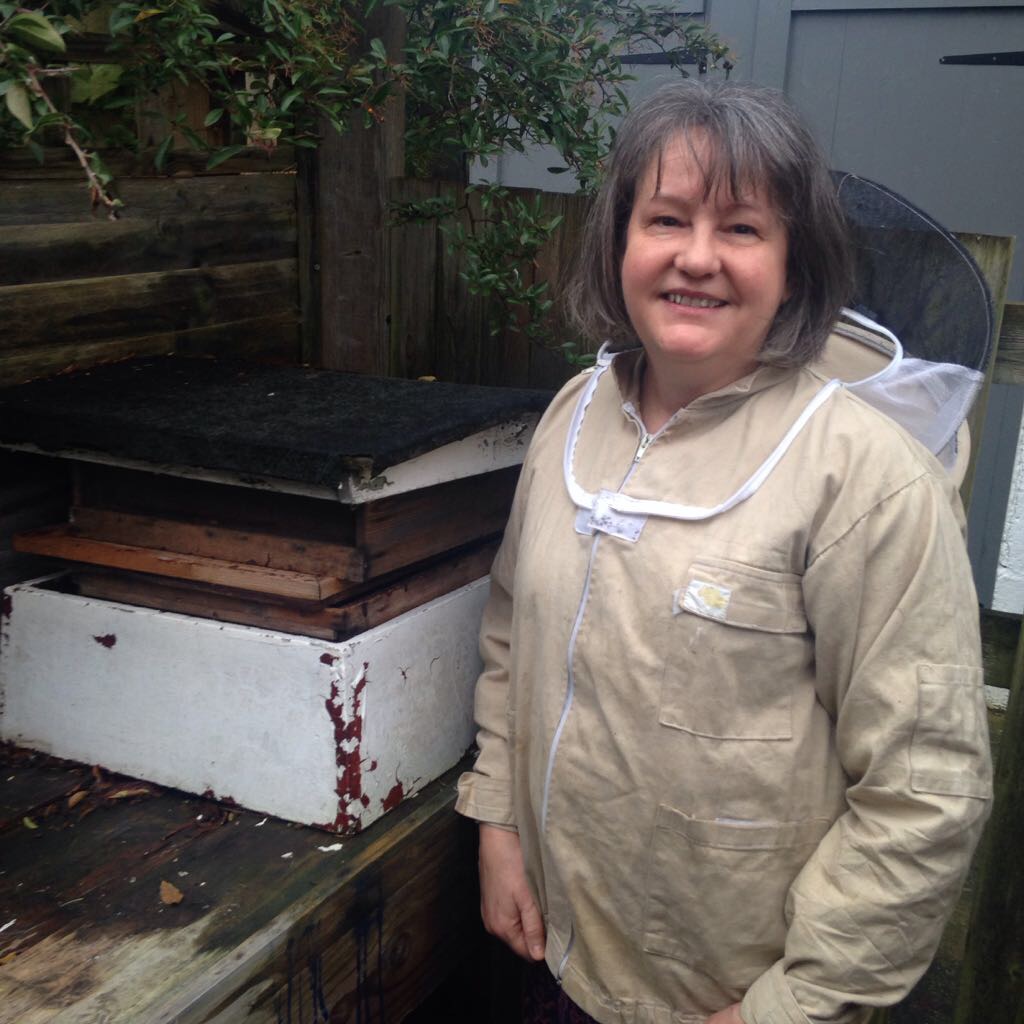About Me
I am an MFA Fine Art graduate of Reading University and a beekeeper and find the world of the honeybee inspiring and enthralling.

Of all the insects, the honey bee has the closest and longest relationship with humankind dating back to the early civilisations of the ancient Greeks and Egyptians, and even before.
Our language, philosophy, architecture, medicine, health and well being have many connections with the life of the honey bee. So studying bees is a way of studying ourselves. Human beings have always seen their own hopes and fears played out in the life of the beehive.
Throughout history, mankind has held up the industrious honey bee as an example of the successful and cohesive application of co-operation and organisation.
They are architects, guards and hunters. Like humans they need to groom, clean their home, and feed themselves and their young, storing their food for a time of shortage.
I am inspired by the way bees meticulously carry out mundane chores, such as cleaning, grooming and foraging for food to maintain a world of equilibrium and harmony. How they form small groups when eating and relaxing at the end of the day, or struggle to bring in their heavily laden bags of pollen. This is a mainly female society with the occasional drone seeming prominent in a crowd of workers half his size.
In the world of the beehive all is darkness and the senses of colour, touch and smell are intensified.
My paintings, showing ‘blow ups’ of the hive, highlight this world of colour.
Colours play an important part in the life of the honey bee. Colours of the hive evoke all the colours under the sun; the honey can range from a lemon golden amber hue to the darker umber colour of the poppy or blackberry nectar.
Even the honeybees’ bodies can vary from almost black to golden brown. Surprisingly they are blind to the colour red and the only red flower they take nectar from is the red field poppy, because the flower reflects the UV rays of the sun which enable them to see it.
